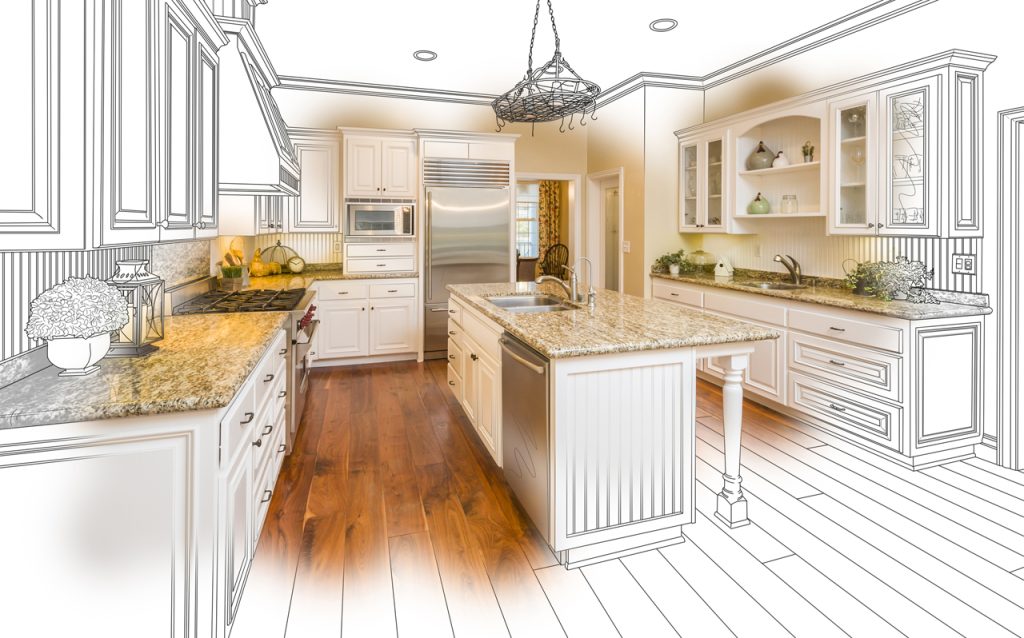In the realm of commercial interior design, a delicate dance unfolds between aesthetics and functionality. It is a discipline where form must marry function, creating spaces that not only please the eye but also serve a practical purpose. The commercial interior designer is the master choreographer of this intricate ballet, seamlessly blending artistry with utility to craft environments that inspire, engage, and cater to the needs of businesses and their clientele. At the heart of commercial interior design lies the concept of creating spaces that evoke a specific ambiance or brand identity. Whether it is a chic boutique hotel, a bustling corporate office, or a cozy neighborhood cafe, the interior designer must translate the essence of the business into the physical space. This requires a deep understanding of the client’s vision and objectives, transforming them into tangible design elements. The aesthetic aspect of commercial interior design involves choosing colors, materials, textures. It is about creating an environment that tells a story, evokes emotions, and leaves a lasting impression on visitors.

A skilled interior designer does not just follow design trends but has the ability to curate a unique and timeless aesthetic that reflects the brand’s personality. However, aesthetics alone cannot fulfill the multifaceted needs of a commercial space. Aesthetically pleasing spaces that do not cater to the practical needs of the occupants can quickly become inconvenient and ineffective. This is where the commercial interior designer’s expertise shines. To achieve functionality, designers must meticulously plan layouts, traffic flow, and ergonomics and click here. They must consider factors such as accessibility, efficiency, and the specific requirements of the business. For instance, in a restaurant, the placement of tables and chairs must allow for smooth service, while in a medical clinic, the design should prioritize patient comfort and privacy. A designer’s skill lies in making these functional aspects seamless and unobtrusive, so they enhance rather than hinder the overall aesthetic. One hallmark of a talented commercial interior designer is their ability to strike a balance between aesthetics and functionality.
It is not about prioritizing one over the other but harmoniously fusing them together. This requires a keen eye for detail and a deep appreciation for the potential synergy between beauty and practicality. In practice, this means selecting furniture that is not only visually appealing but also comfortable and durable. It means selecting materials that are not only aesthetically pleasing but also easy to maintain, especially in high-traffic areas. The artistry of a commercial interior designer lies in making these choices seamlessly, ensuring that every element serves a purpose while contributing to the overall visual narrative. Furthermore, a skilled commercial interior designer should stay up-to-date with the latest technological advancements in their field. Integrating smart systems, energy-efficient solutions, and sustainable design practices into commercial spaces has become increasingly important. This not only enhances functionality but also aligns with the growing demand for eco-friendly and technologically advanced environments. In this intricate dance between beauty and utility, the commercial interior designer emerges as the true orchestrator, crafting spaces that inspire, and leave a lasting impression.
+ There are no comments
Add yours